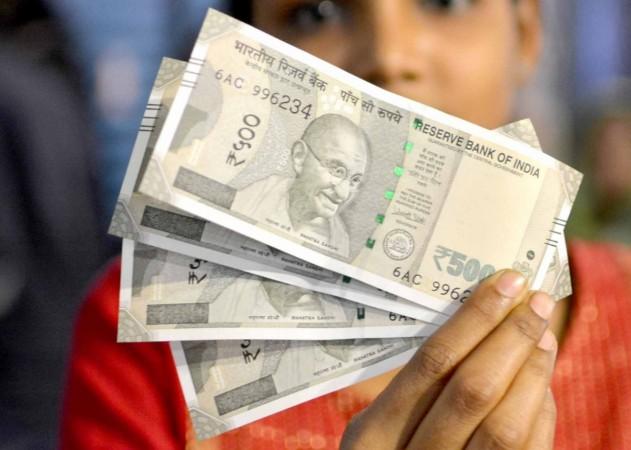
The Indian rupee closed at a two-year high of 63.58 to the US dollar on Friday, defying projections that the domestic currency would hover around 65-66 levels this fiscal. An appreciating rupee is good for importers but for those with a high exposure of dollar revenues, it's bad news.
Sectors such as IT, gems and jewellery, and healthcare that have a high component of export sales, are likely to take a hit since their realisations in rupee will be lower. On the other hand, sectors that would benefit from an appreciating domestic currency include paints and civil aviation.
Also read: NBFCs outperform banks when it comes to managing bad loans
The country's monthly import bill is around $36 billion while exports hover around $23 billion (June 2017 figures). If the rupee gains against the US dollar, the import bill is likely to fall, resulting in lower crude oil bill. This could result in a drop in petrol and diesel prices, benefitting consumers, given that domestic fuel prices are benchmarked to global prices. India imports about 80 percent of its oil requirements through imports.
Similarly, civil aviation companies could see gains with a strong rupee, since aviation turbine fuel (ATF) prices would be priced lower. Fuel costs account for about 30-35 percent of total operating costs for airlines and a fall translates into an expansion of profit margins.
What has lead to phenomenal gains for the rupee?
A slew of factors mainly sustained buying of Indian debt and equity by foreign institutional investors (FIIs) has resulted in huge dollar inflows into the economy.
Foreign institutional investors (FIIs/FPIs) ended June quarter on a high note, with the net inflows (debt and equity) coming in at $12.2 billion, up sharply from $1.6 billion in the corresponding period last year. Debt contributed the lion's share, of $10.1 billion in Q1 with equity investments at $2.1 billion.
In the corresponding quarter last year, FIIs pulled out $600 million from the debt market, according to Teresa John, an economist at brokerage Nirmal Bang Institutional Equities.
Besides, a stable economy, low inflation and steadily increasing forex reserves have kept the rupee buoyed for quite some time now. India's foreign exchange reserves rose to all-time high of $392.86 billion as of July 28, 2017, a significant increase from $273.72 billion a year ago.

















